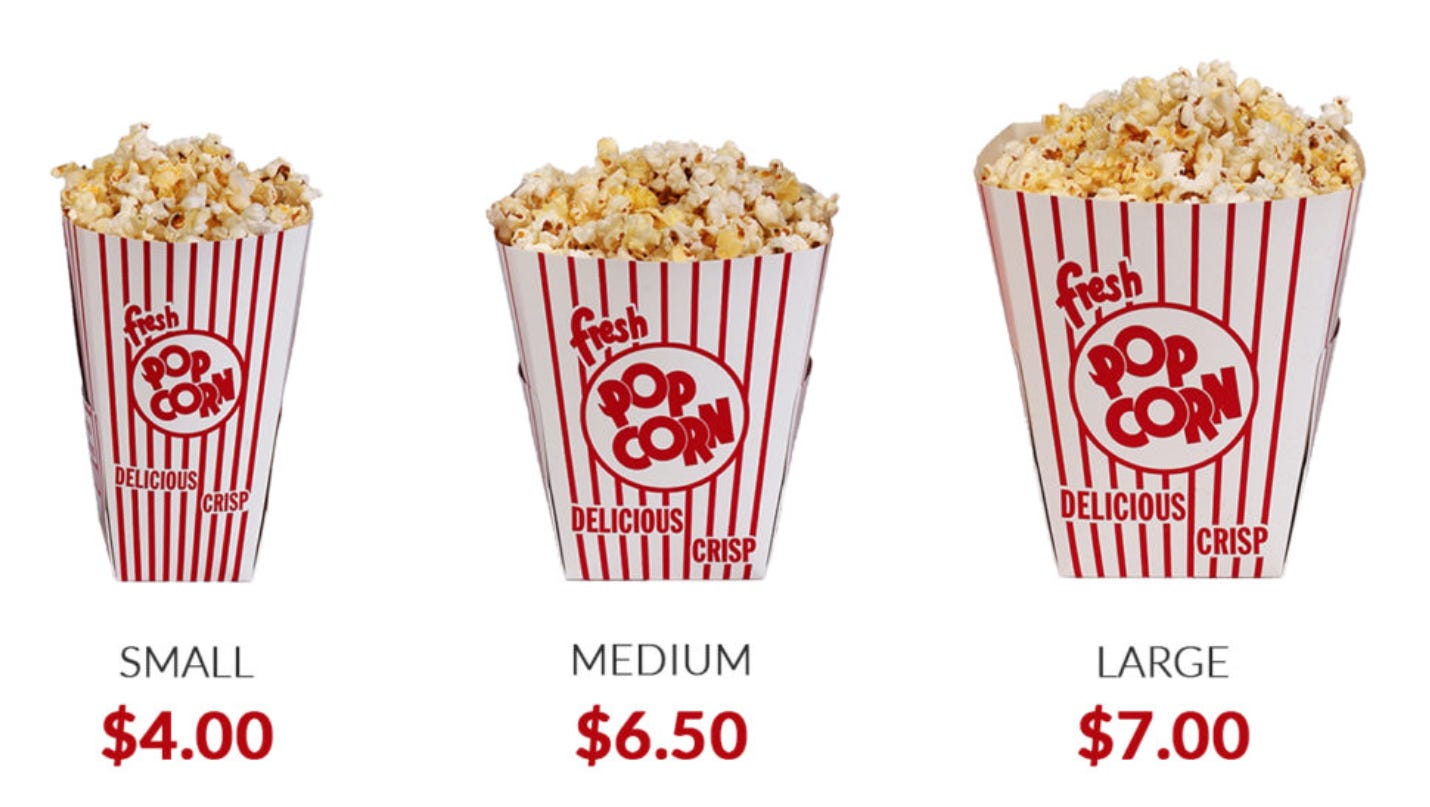Pricing Experiments 101 🧪
Actionable ways to experiment with pricing and drive growth
Yo! Hope y’all had a fun (or relaxed, either is cool) new year! 🎉
We’re back in 2023 with some cool growth experiments 🔬 for you to try. If you’ve run other experiments to great success (or failure, as long as you’re learning about your customers you’re doing experimentation well), let us know in the comments!
Most companies have a “set-it-and-forget-it” 😩 pricing strategy. But pricing can be a significant lever to drive growth.
Here are some ways to experiment with your pricing page or plans to increase 📈purchases, signups, downloads, revenue, etc.
Social proof your pricing page with recent purchase or signup data 👨💻
Add recent buying or signup data on your pricing page. Check if signups/demo bookings/purchases increase after adding this social proof.
At every stage of the user journey, you’re trying to add motivation 👌 for the user to go on to the next step, which could be add to cart, signup, etc. By providing social proof on your pricing page, you’re adding motivation to counteract any friction caused by your pricing plan.
This tactic works well for e-commerce, D2C brands, mobile apps, or SaaS businesses with high volume signups.
Here's how Basecamp, a project management software does it.
Use anchoring ⚓️ for your pricing plans
Show the most expensive subscription plan first (the anchor) so that other plans look inexpensive in comparison 😁.
Anchoring is the psychological bias to overemphasize the first piece of information (or price) presented to us. This strongly influences how we perceive additional information.
Perhaps the best example would be how Apple 🍎 showcases its prices, with the Pro version (the most expensive) being the first one you see on the left.
Use the decoy effect 🏴☠️
When choosing between two alternatives, the addition of a third, less attractive option (the decoy) can influence our perception 🧠 of the first two choices.
Companies include "decoy" options to highlight the value of their target (usually highest margin) options. Generally, companies have little intent to actually sell the decoy.
A decoy looks similar but is slightly less appealing than the target.
Here’s how theatre popcorn 🍿 uses this effect. The large size is the target option with the highest margin. Without the medium option, you are making a decision based on how much you want to eat. Now add the medium-size decoy.
With only a 50 cent increase between the Medium and Large, the perceived value versus the price for the large is huge, making it hard to pass up.
The Economist used one of the most obvious decoys ever, and it still worked 🤔. Here is their pricing:
The Economist wanted to drive purchases of the highly profitable 3rd option, Print & Web subscription. But at $125, at over 2X the price of the base Web subscription, it wasn't lucrative 🤷♂️ to most customers. The company added the Print Only option as a decoy, at the same price as the Print & Web.
This decoy looks so obvious that it shouldn’t have worked. But it did. 🤯
Customers were no longer comparing the $59 Web only plan with the $125 Print and Web plan. Rather, they were now comparing the Print only plan at $125 against the Print and Web subscription plan at $125.
The magazine supposedly increased its sales by 43% 📈 after this pricing strategy.
That’s it for this one! Thanks for joining us! And while you’re here, remember, there are only 3 rules to life:
Be kind to everyone you meet
Don’t take yourself too seriously
Drink lots of water
See you next week!







